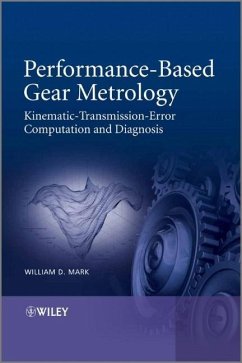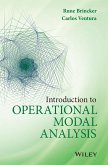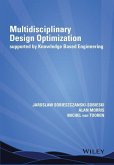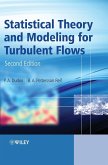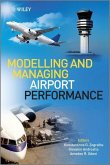A mathematically rigorous explanation of how manufacturing deviations and damage on the working surfaces of gear teeth cause transmission-error contributions to vibration excitations
Some gear-tooth working-surface manufacturing deviations of significant amplitude cause negligible vibration excitation and noise, yet others of minuscule amplitude are a source of significant vibration excitation and noise. Presently available computer-numerically-controlled dedicated gear metrology equipment can measure such error patterns on a gear in a few hours in sufficient detail to enable accurate computation and diagnosis of the resultant transmission-error vibration excitation. How to efficiently measure such working-surface deviations, compute from these measurements the resultant transmission-error vibration excitation, and diagnose the manufacturing source of the deviations, is the subject of this book.
Use of the technology in this book will allow quality spot checks to be made on gears being manufactured in a production run, to avoid undesirable vibration or noise excitation by the manufactured gears. Furthermore, those working in academia and industry needing a full mathematical understanding of the relationships between tooth working-surface deviations and the vibration excitations caused by these deviations will find the book indispensable for applications pertaining to both gear-quality and gear-health monitoring.
Key features:
Provides a very efficient method for measuring parallel-axis helical or spur gears in sufficient detail to enable accurate computation of transmission-error contributions from working-surface deviations, and algorithms required to carry out these computations, including examples
Provides algorithms for computing the working-surface deviations causing any user-identified tone, such as 'ghost tones,' or 'sidebands' of the tooth-meshing harmonics, enabling diagnosis of their manufacturing causes, including examples
Provides explanations of all harmonics observed in gear-caused vibration and noise spectra.
Enables generation of three-dimensional displays and detailed numerical descriptions of all measured and computed working-surface deviations, including examples
Some gear-tooth working-surface manufacturing deviations of significant amplitude cause negligible vibration excitation and noise, yet others of minuscule amplitude are a source of significant vibration excitation and noise. Presently available computer-numerically-controlled dedicated gear metrology equipment can measure such error patterns on a gear in a few hours in sufficient detail to enable accurate computation and diagnosis of the resultant transmission-error vibration excitation. How to efficiently measure such working-surface deviations, compute from these measurements the resultant transmission-error vibration excitation, and diagnose the manufacturing source of the deviations, is the subject of this book.
Use of the technology in this book will allow quality spot checks to be made on gears being manufactured in a production run, to avoid undesirable vibration or noise excitation by the manufactured gears. Furthermore, those working in academia and industry needing a full mathematical understanding of the relationships between tooth working-surface deviations and the vibration excitations caused by these deviations will find the book indispensable for applications pertaining to both gear-quality and gear-health monitoring.
Key features:
Provides a very efficient method for measuring parallel-axis helical or spur gears in sufficient detail to enable accurate computation of transmission-error contributions from working-surface deviations, and algorithms required to carry out these computations, including examples
Provides algorithms for computing the working-surface deviations causing any user-identified tone, such as 'ghost tones,' or 'sidebands' of the tooth-meshing harmonics, enabling diagnosis of their manufacturing causes, including examples
Provides explanations of all harmonics observed in gear-caused vibration and noise spectra.
Enables generation of three-dimensional displays and detailed numerical descriptions of all measured and computed working-surface deviations, including examples

